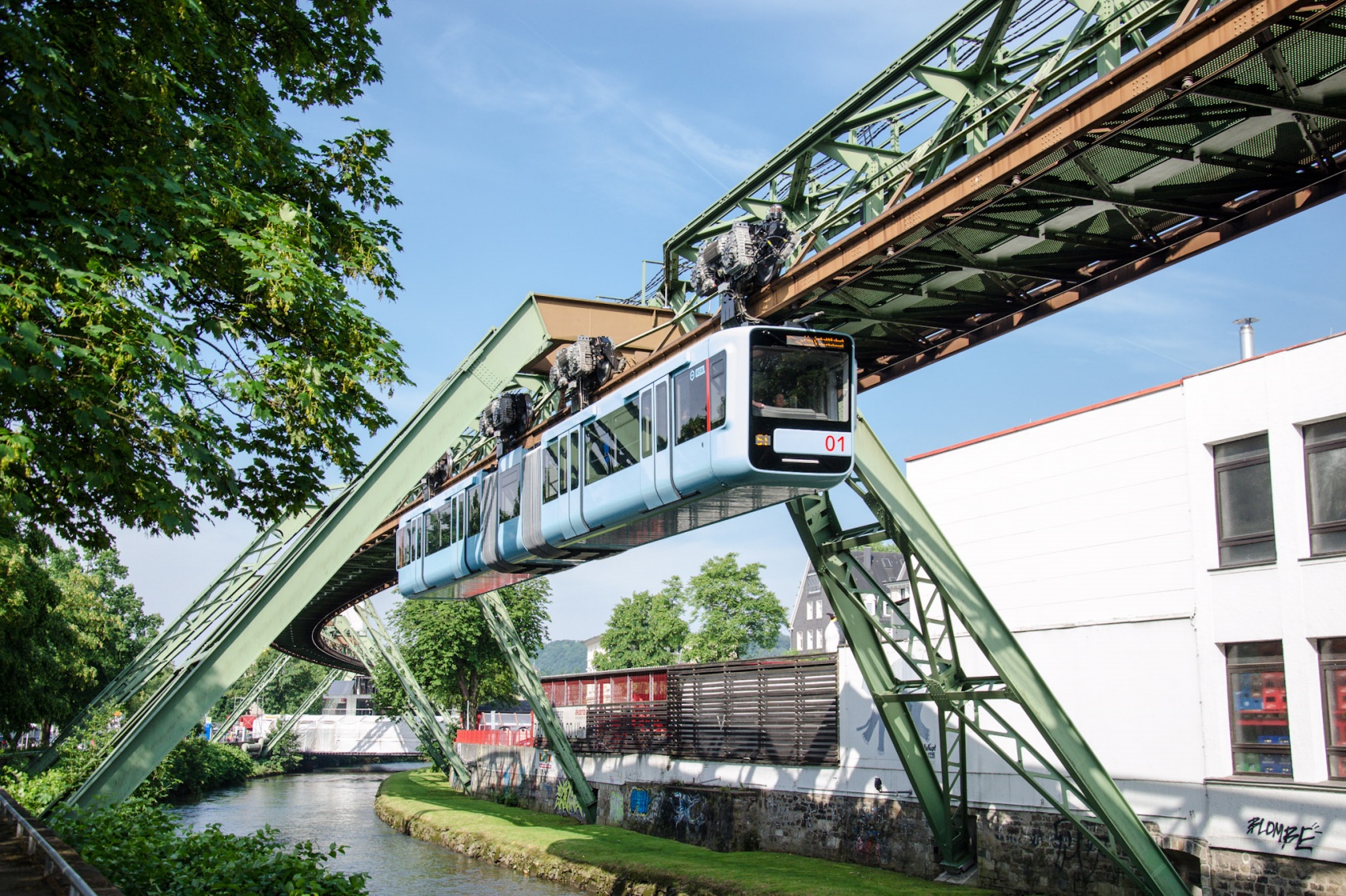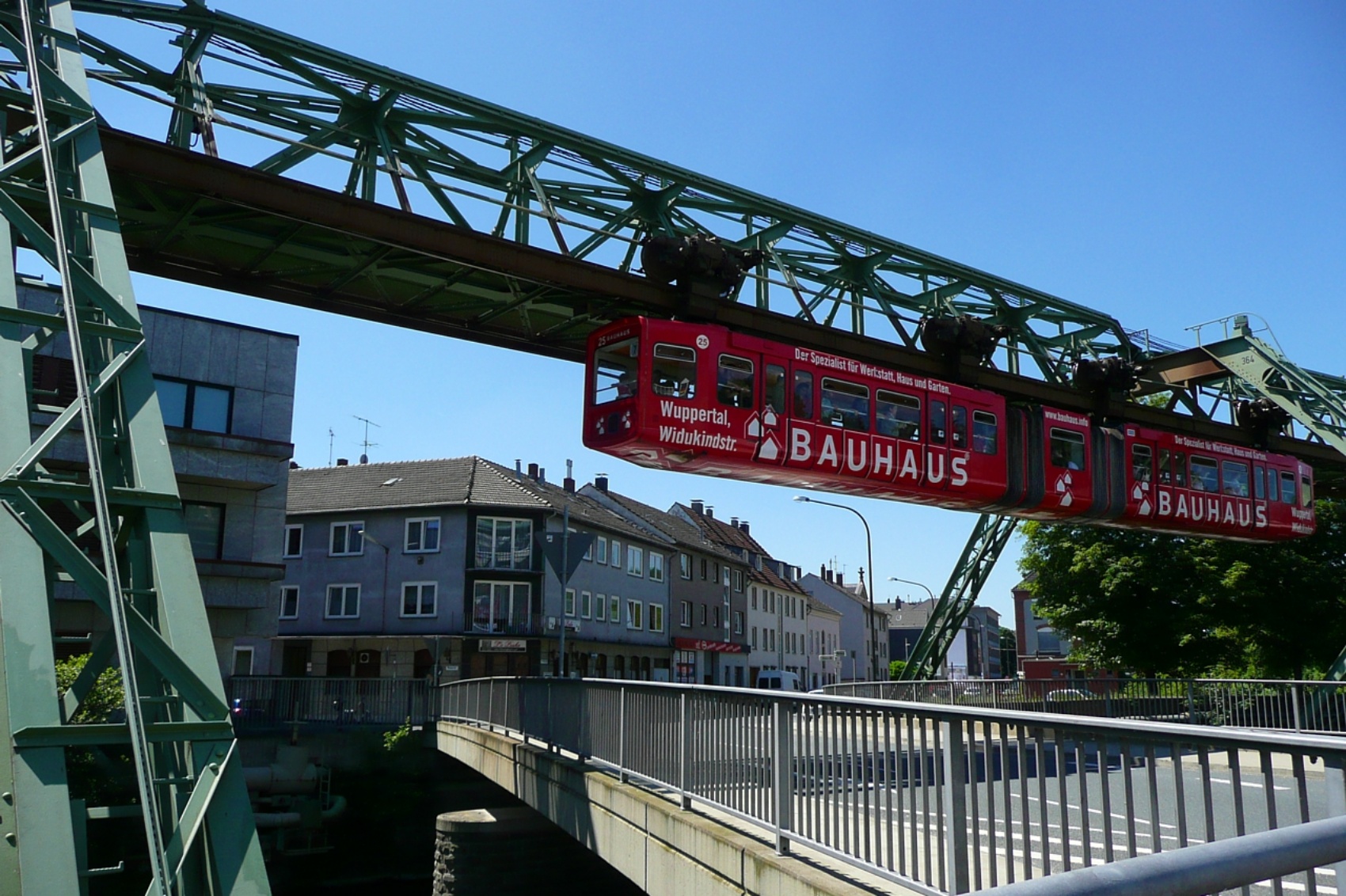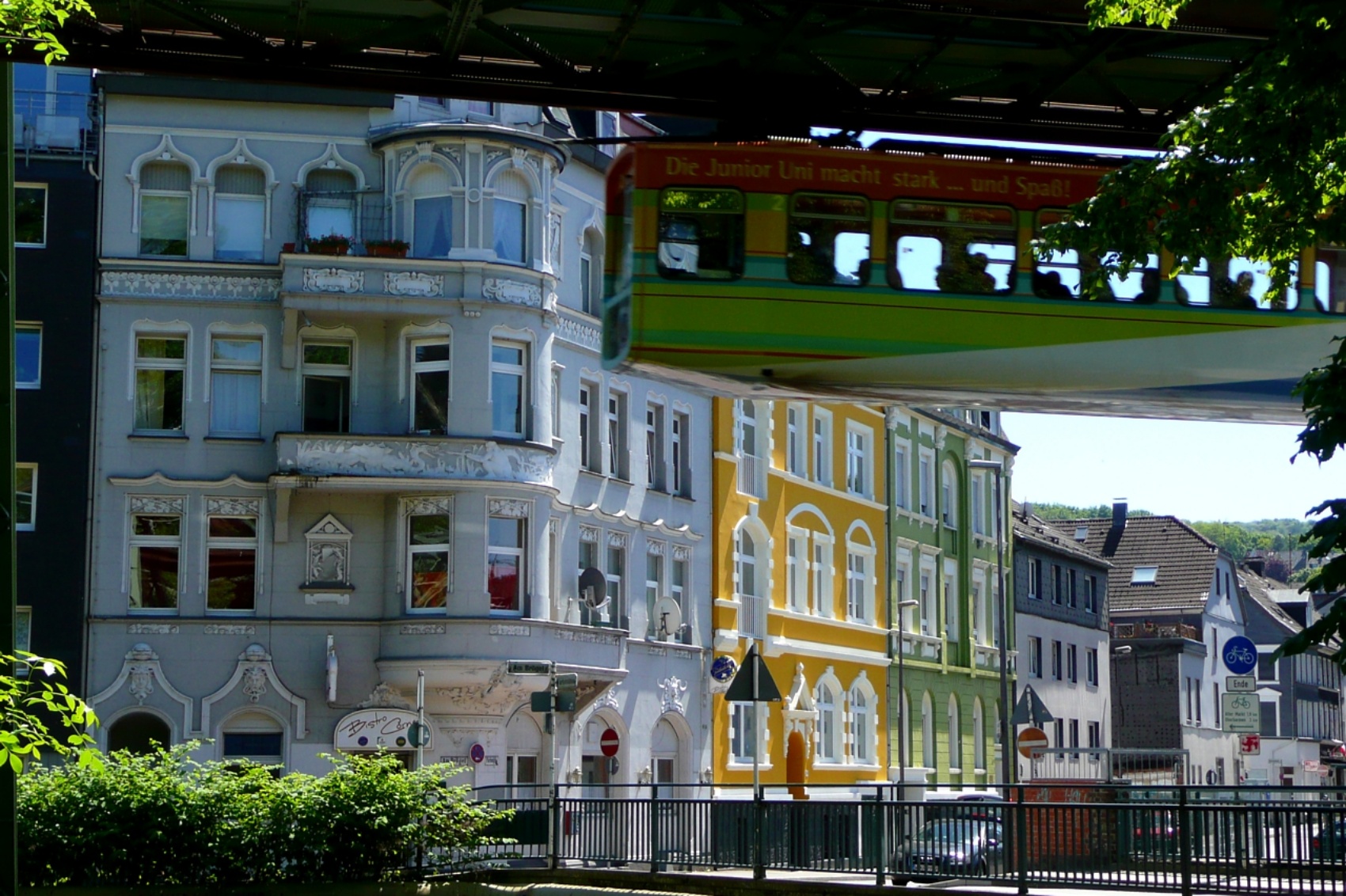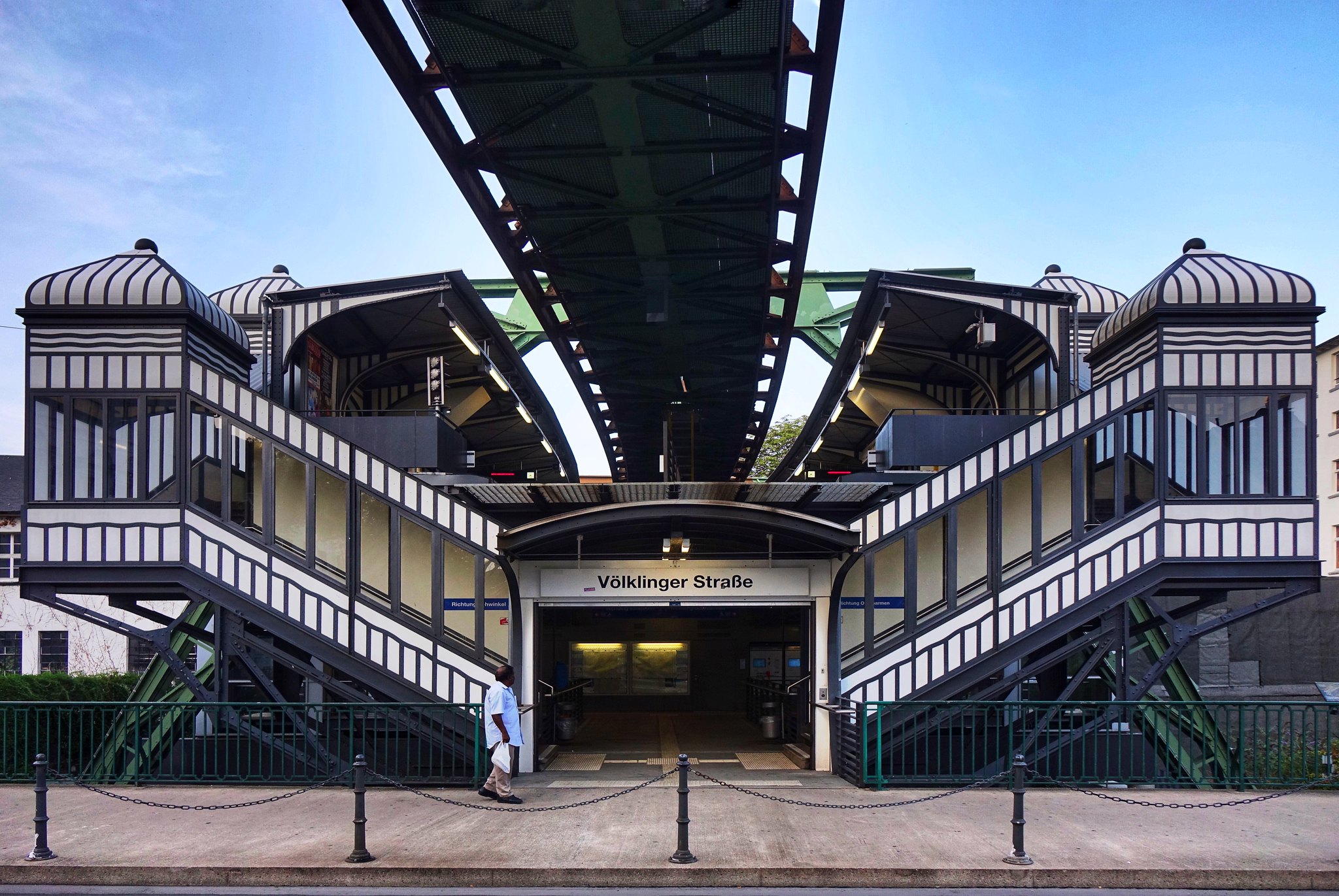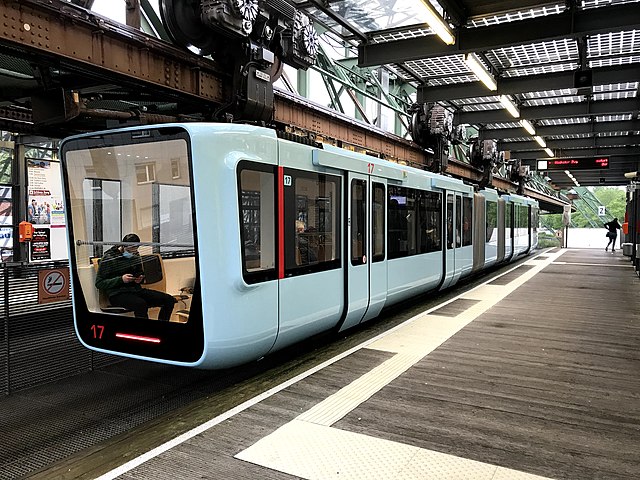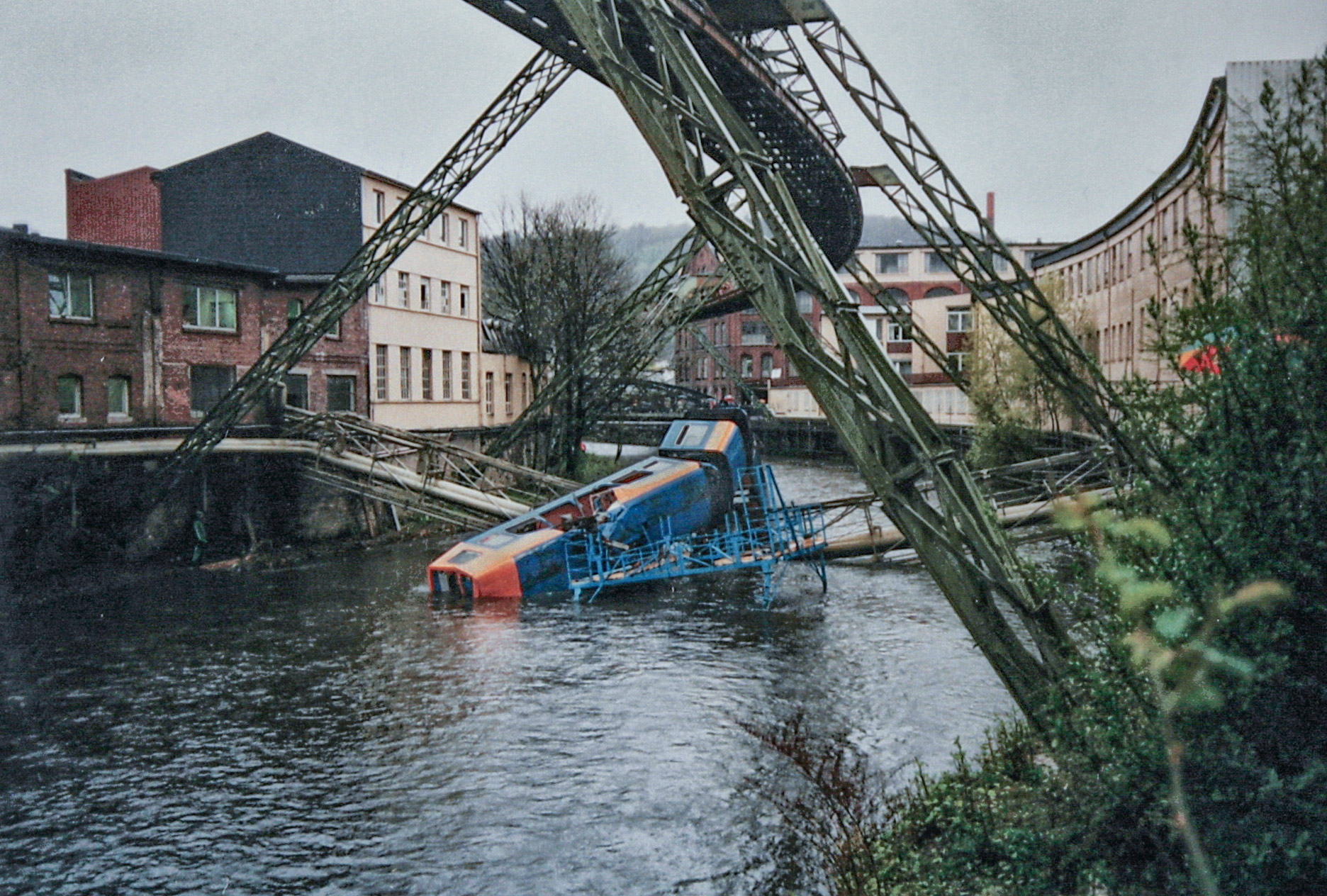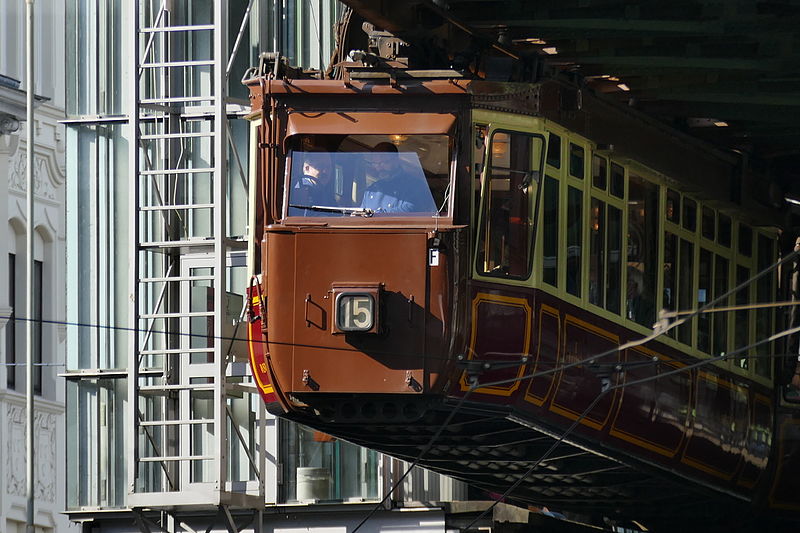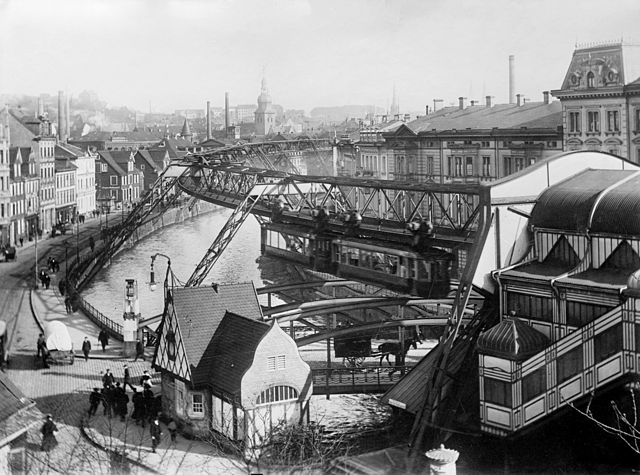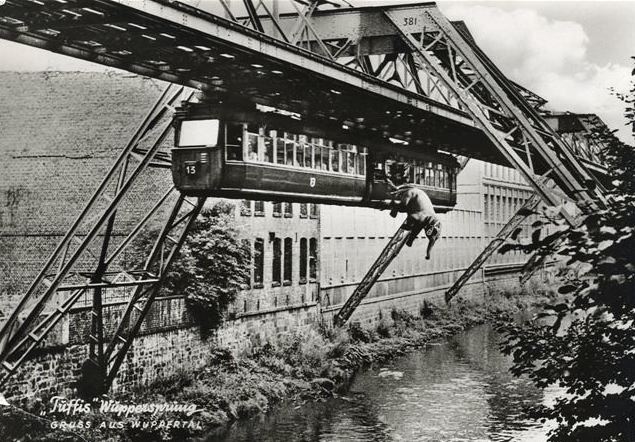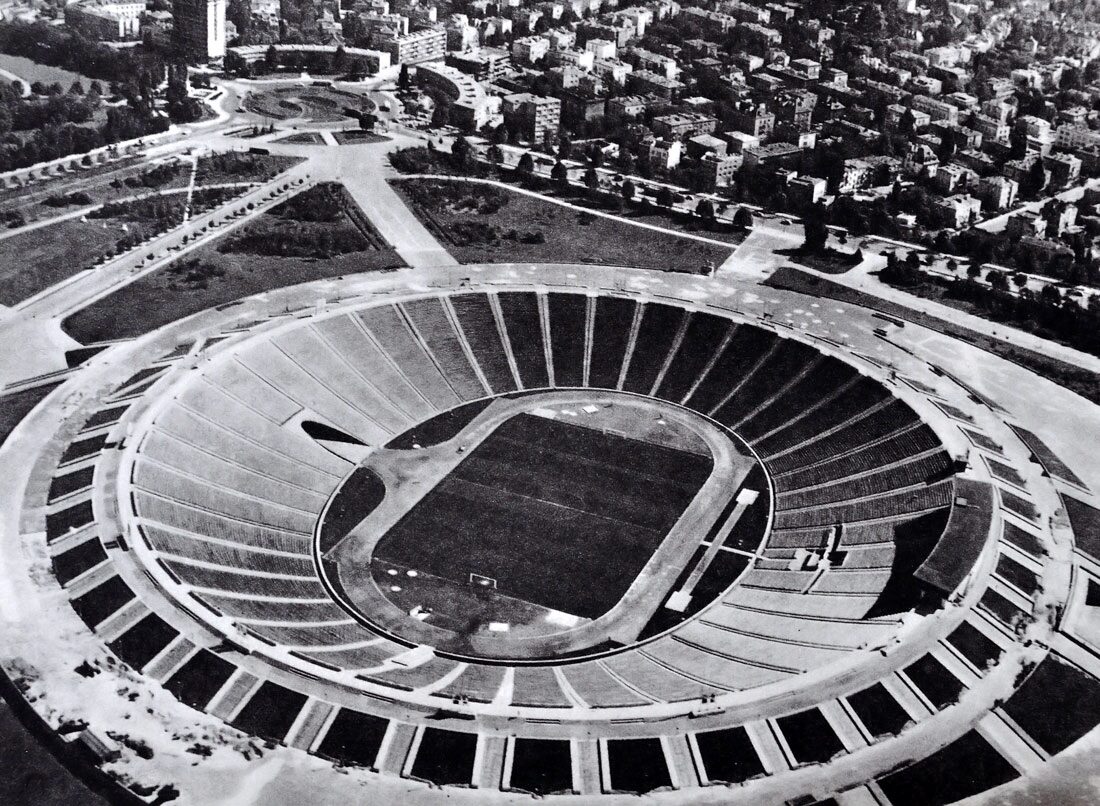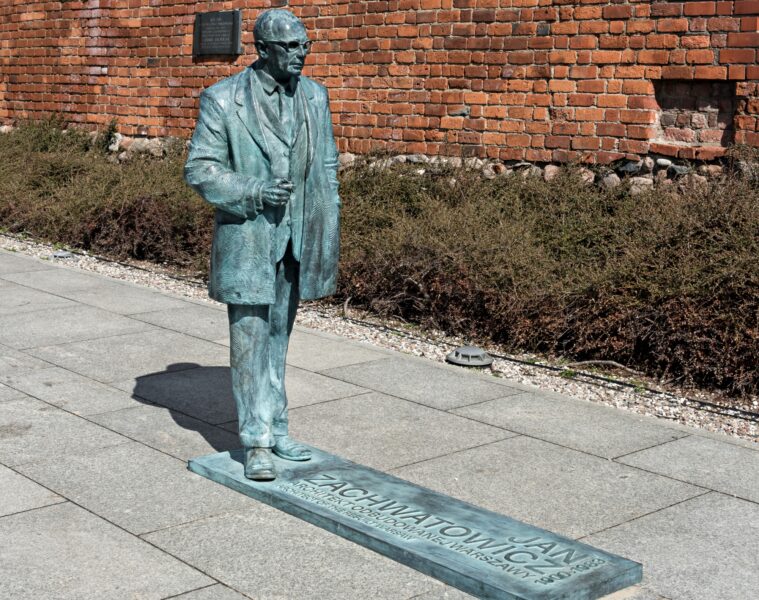The suspended railway in Wuppertal was opened at the beginning of the 20th century, but despite the years, it looks like an idea from this century. The Wuppertaler Schwebebahn (suspended railway) is unique in Europe. The only construction similar to the one in Wuppertal was built in Japan in the 1960s.
The suspension railway was inaugurated in 1901. A year earlier, Kaiser Wilhelm II Hohenzollern had the opportunity to use the Schwebebahn before its official opening. The decorated carriage in which the emperor travelled has survived to the present day and is still in service. It is worth mentioning that during the same period, the first electric tramway lines were established on Polish soil.
The architect of the railway was Eugen Langen, a German industrialist from nearby Cologne. Langen had also previously designed a monorail in Dresden. His design in Wuppertal was to connect two nearby towns, Barmen and Vohwinkel, a total stretch of 13.3 km (Warsaw’s Metro Line I is 23 km long).
The towns were later annexed to Wuppertal, so the railway became a city railway, operating inside the city. Eugen Langen wanted to implement his idea in many other German cities, but only the authorities in Wuppertal gave the go-ahead. In Berlin, the project was abandoned in favour of the metro, which finally opened a year after the suspended railway in Wuppertal.
More than 20,000 tonnes of steel were used to build the suspended railway at a cost of 16 million marks. The rails run mainly over the Wupper River and in only a few places over the street. The railway is electrically powered and the carriages can reach a maximum speed of 60 km/h. Locals refer to the Schwebebahn as the suspended metro.
The railway operated continuously until the Allied bombing of Germany. The air raids on Wuppertal significantly damaged the city’s infrastructure, including the suspended railway. The reopening of the Schwebebahn took place one year after the end of the Second World War. The reopened railway again attracted tens of thousands of passengers…. and one elephant. In 1950, a local circus wanted to use the railway for advertising purposes. Into one of the carriages, the circus performers put a young elephant named Tuffi. The animal was quickly frightened by the movement of the carriage and jumped out of the vehicle, damaging its side. The elephant was not seriously injured as it fell into the river.
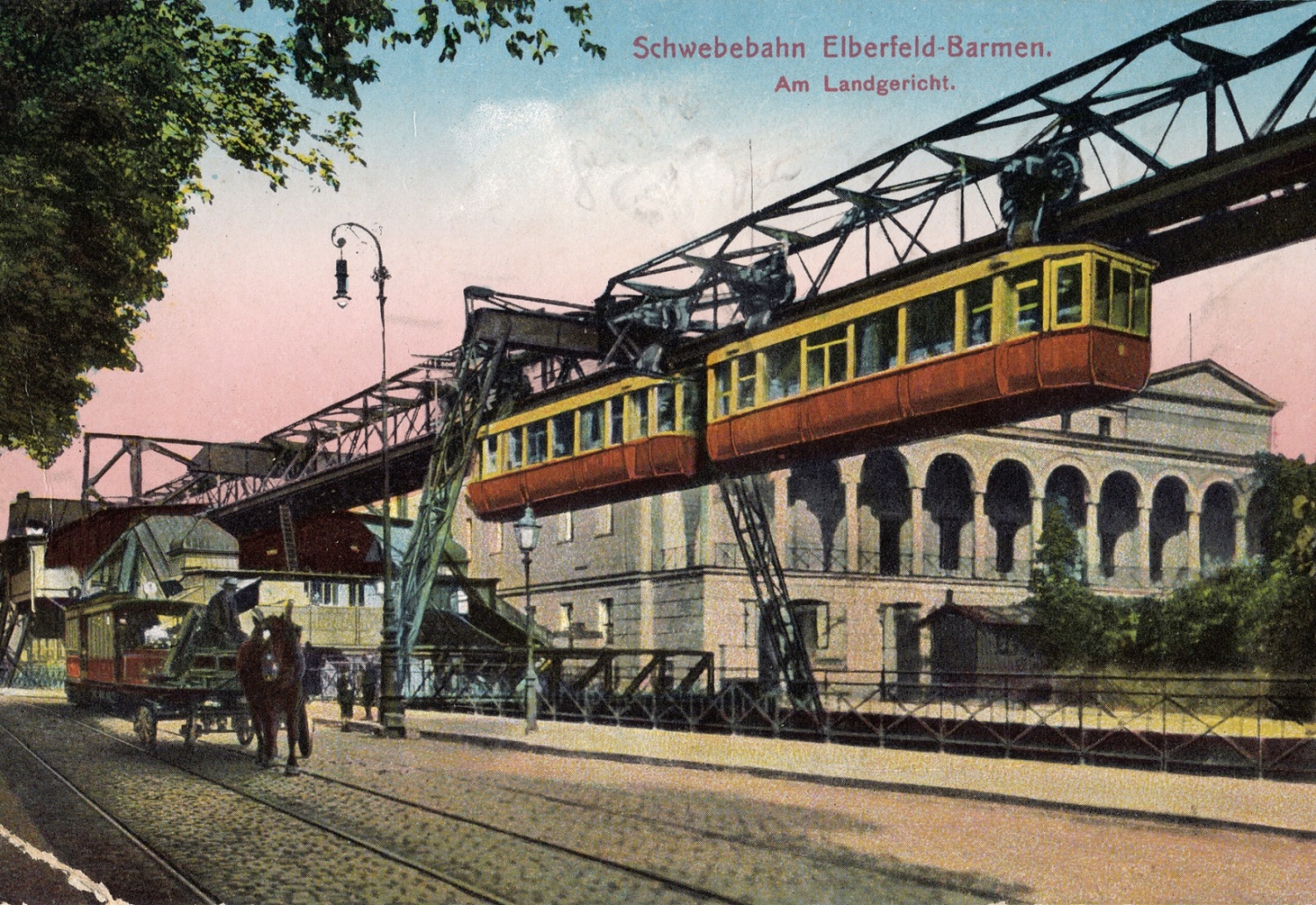
The suspended railway enjoys a very low failure rate. To this day, it remains the safest mode of transport in Germany. In its entire history, there has only been one accident in which people died. An oversight by workers caused a carriage to jump off a rail and fall from a height of 8 m into a river. Five passengers died in the accident.
The railway is used by 25 million people annually. Passengers are transported by a fleet of 27 carriages from the 1970s and several modern ones from 2015. The unusual urban railway is a symbol of the city of Wuppertal. Thanks to it, tourists come to the city. The fact that it has survived to this day is proof of the genius of the turn-of-the-century inventors.
Source: Wuppertal.de
Also read: public transport | Monument | Railway | Germany | Interesting facts | History | whiteMAD on Instagram

